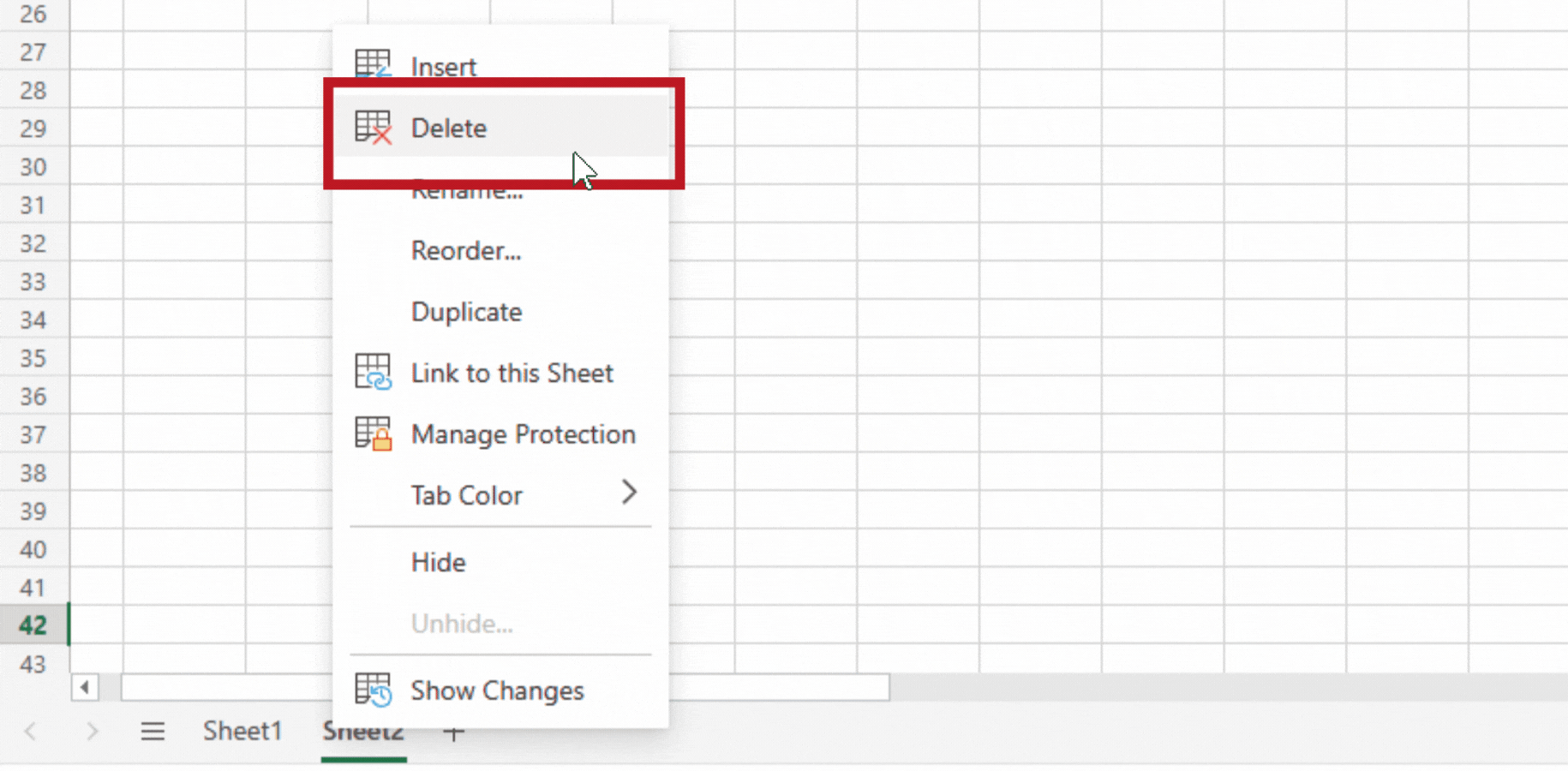How Many Sheets Can an Excel Workbook Have?

The flexibility and vast functionality of Microsoft Excel are well-known to anyone who has ever dealt with data organization, analysis, or management. But even avid users might not know every detail about this powerful tool. A common question often arises: How many sheets can an Excel workbook actually contain? This article will delve into that question, exploring Excel's limitations, practicalities, and the implications of those limits.
Understanding Excel's Sheet Limits

The capacity for sheets in an Excel workbook has evolved with each version. Initially, there were more restrictive limits, but as Excel's capabilities have grown, so have its limits.
- Excel 2007 and Later: From Excel 2007 onward, the workbook can contain up to 255 sheets.
- Older Versions: For users of Excel 2003 or earlier, the limit was significantly lower, at 256 worksheets per workbook.
Technical Limits vs. Practicality

While the software sets an upper limit, the real-world usage often sees users hit their practical limits well before reaching the maximum:
- System Memory: Excel is memory-intensive. As you add more sheets, especially if they're heavily populated, you might run into memory issues.
- Performance: Larger workbooks with numerous sheets can become sluggish in operation.
- Readability and Manageability: Beyond a certain point, finding and managing data across numerous sheets becomes unwieldy.
Excel uses RAM to process and store the data, formulas, and formats within each sheet. When you exceed your computer's memory capacity, the software may crash or operate at a crawl.
⚙️ Note: Performance issues can often be resolved by using Excel 64-bit, which allows for a greater use of system memory.
Managing Large Excel Workbooks

Here are some strategies for managing workbooks with a large number of sheets:
- Consolidation: Consider merging data into single or fewer sheets where appropriate using techniques like Power Query or VLOOKUP.
- External References: Use links to reference data in different workbooks, reducing the need for multiple sheets within one file.
- VBA Macros: Automate tasks with macros to streamline operations across sheets.
| Strategy | Description |
|---|---|
| Consolidation | Reduce sheet count by merging related data. |
| External References | Link to data in other Excel files or external databases. |
| VBA Macros | Write code to handle repetitive tasks across sheets. |

File Format and Compatibility

The file format you're using can also influence how many sheets you can effectively manage:
- .XLSX: The default format for Excel 2007 onwards can handle up to 255 sheets.
- .XLS: Older file format from Excel 97-2003 can only manage 256 sheets, due to its data structure limitations.
- Binary Workbook (.XLSB): A compressed binary format, potentially faster when handling large datasets but still bound by the same sheet limits.
📂 Note: If compatibility with older versions of Excel is a concern, you'll need to stick to the .XLS format, which might necessitate planning around the lower sheet count limit.
Expanding Beyond Excel's Limits

When Excel's built-in capacity isn't enough, users might look elsewhere:
- External Databases: Integrating Excel with SQL Server, Access, or other database solutions can handle larger datasets more efficiently.
- Cloud Services: Microsoft's Power BI or Google Sheets can manage large datasets and might be more scalable than a single Excel workbook.
Best Practices for Large Excel Files

Here are some best practices to manage large Excel workbooks:
- Use Named Ranges: Makes referencing data across sheets much easier and clearer.
- Limit Volatile Functions: Functions like OFFSET and INDIRECT can recalculate frequently, slowing down your workbook.
- Excel Tables: Convert data into tables for dynamic and structured data management.
- Protect Sheets: Prevent accidental or unauthorized changes that could degrade performance.
- Use Freeze Panes: Keep headers and key data visible while navigating large datasets.
In conclusion, while an Excel workbook can technically contain up to 255 sheets, practical considerations often set a lower ceiling. Managing large Excel workbooks involves balancing between Excel’s capabilities and the user’s need for efficiency, readability, and performance. Understanding these limits, employing effective management strategies, and potentially looking to external solutions can greatly enhance productivity when dealing with complex data sets.
What happens if you exceed Excel’s sheet limit?

+
Excel will not allow you to create additional sheets beyond the limit. You’ll need to either remove or consolidate existing sheets or use an external database to store additional data.
How can I manage my Excel sheets more effectively?

+
Utilize features like Excel tables, named ranges, and consolidation techniques. Automating tasks with VBA macros can also help manage large workbooks.
Is there a way to increase the sheet limit in Excel?

+
No, the limit is set by the software. However, using external data sources or upgrading to a more powerful system with more RAM can help manage larger datasets.